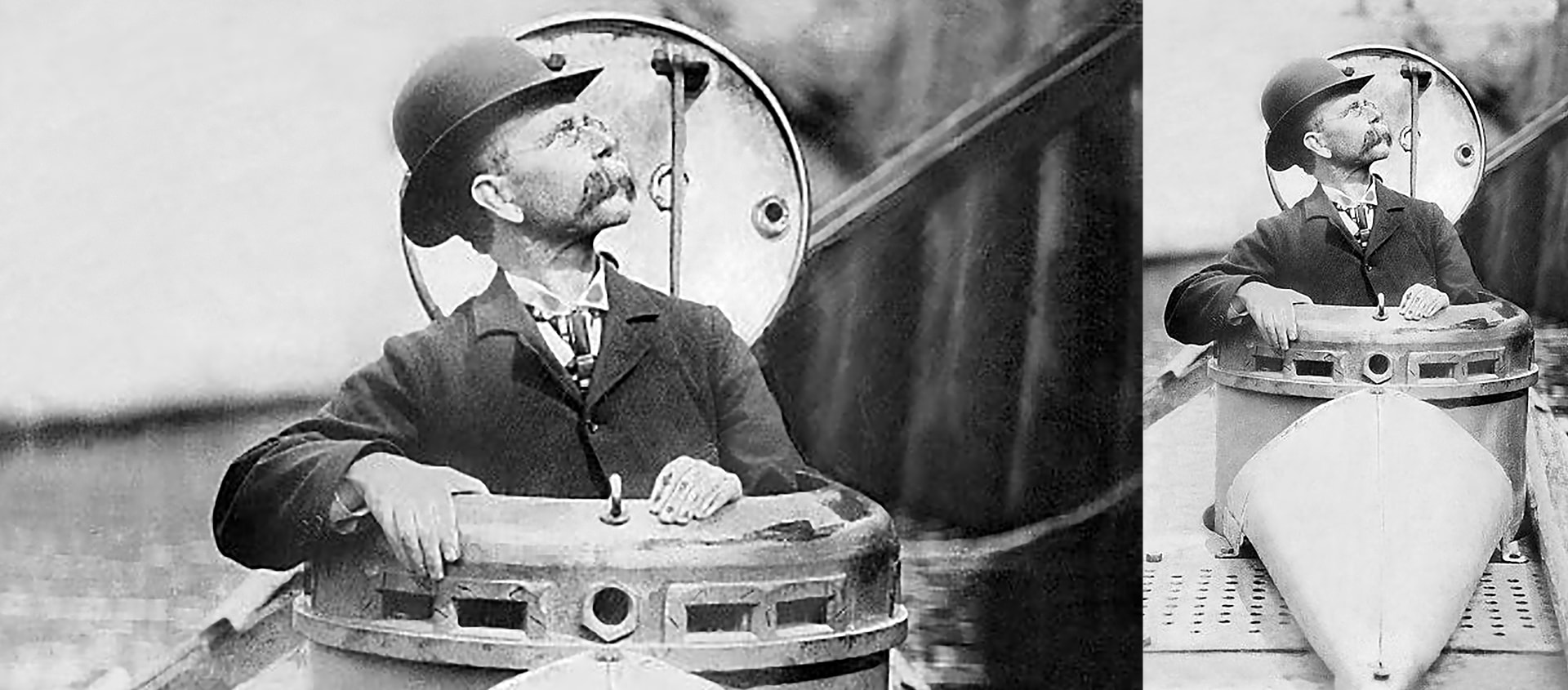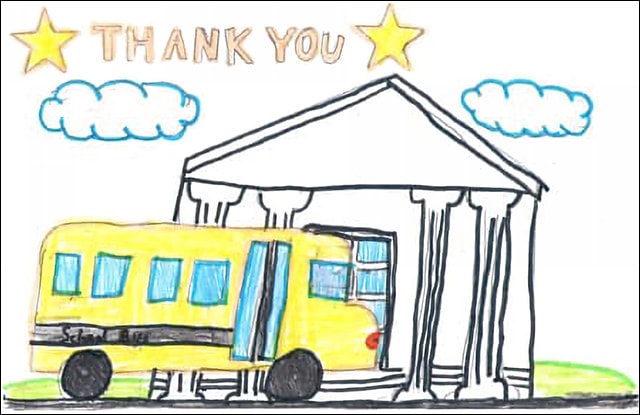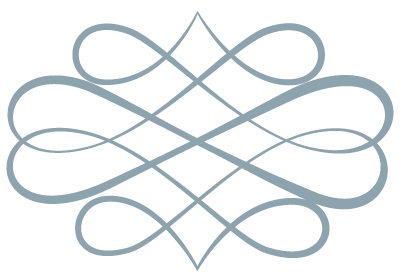
Eureka! Module - Lesson 2: History of Invention & Discovery in New Jersey
Objectives: Students will be able to read articles on various New Jersey inventors and inventions. Students will be able to answer questions about the texts and be able to explain how the inventions and innovation have impacted people, society, and/or the economy in New Jersey.
Description: In this lesson students will read an article to gain knowledge needed to answer questions about inventors and inventions. They will be able to identify several inventions that originated in New Jersey. Students will then research a New Jersey inventor and do oral presentations.
Targeted Standards in Lesson 2
Common Core State Standards Grade 4 English Language Arts
- CCSS.ELA-Literacy.RL.4.1 Refer to details and examples in a text when explaining what the text says explicitly and when drawing inferences from the text.
- CCSS.ELA-Literacy.RL.4.7 Make connections between the text of a story or drama and a visual or oral presentation of the text, identifying where each version reflects specific descriptions and directions in the text.
- CCSS.ELA-Literacy.RI.4.3 Explain events, procedures, ideas, or concepts in a historical, scientific, or technical text, including what happened and why, based on specific information in the text.
- CCSS.ELA-Literacy.RI.4.4 Determine the meaning of general academic and domain-specific words or phrases in a text relevant to a grade 4 topic or subject area.
- CCSS.ELA-Literacy.RI.4.5 Describe the overall structure (e.g., chronology, comparison, cause/effect, problem/solution) of events, ideas, concepts, or information in a text or part of a text
- CCSS.ELA-Literacy.RI.4.9 Integrate information from two texts on the same topic in order to write or speak about the subject knowledgeably.
- CCSS.ELA-Literacy.W.4.1b Provide reasons that are supported by facts and details.
- CCSS.ELA-Literacy.W.4.2b Develop the topic with facts, definitions, concrete details, quotations, or other information and examples related to the topic.
- CCSS.ELA-Literacy.SL.4.1 Engage effectively in a range of collaborative discussions (one-on-one, in groups, and teacher-led) with diverse partners on grade 4 topics and texts, building on others’ ideas and expressing their own clearly.
- CCSS.ELA-Literacy.SL.4.1c Pose and respond to specific questions to clarify or follow up on information, and make comments that contribute to the discussion and link to the remarks of others.
New Jersey Core Content Standards – Social Studies
- 6.1.4.C.12- Evaluate the impact of ideas, inventions and other contributions of prominent figures who lived in New Jersey.
- 6.1.4.C.16- Explain how creativity and innovation resulted in scientific achievement and inventions in many cultures during different historical periods.
New Jersey Core Content
Standards – Science
- 5.1 Science Practices All students will understand that science is both a body of knowledge and an evidence-based, model-building enterprise that continually extends, refines, and revises knowledge.
- C. Reflect on Scientific Knowledge: Scientific knowledge builds on itself over time
New Jersey Grades 3-5 Technology Standards
- 8.2.5.B.4-Research technologies that have changed due to society’s changing needs and wants
- 8.2.2.B.4- Identify how the ways people live and work has changed because of technology
Introduce the Unit:
The teacher should explain to the class that during the next few weeks, they will be studying New Jersey Inventors and inventions.
Pacing Guidelines:
This lesson will take 4/+ days (one 45-60 minute period per day) depending on how in-depth the research and presentations will be. The teacher may want to collect other resources and reference materials for students to use in addition to the Internet.
Lesson 2 has five parts:
- Part 1 (Day 1): History of NJ Inventors
- Part 2 (Day 2): Introduction: Begin research and plan for product & presentation
- Part 3 (Day 3): Conferencing with teacher: Presentation review & continued research
- Part 4 (Day 4): Finalize research and product: Work on & practice presentations
- Part 5 (Day 5): Class Presentations
Introducing the Lesson:
In this lesson students will be exposed to the history of invention in the state of New Jersey.
Then they will work collaboratively with a partner or group to research a New Jersey inventor, and present their research in the form of an oral presentation.
Introduce the lesson by showing students the NJ Inventors Hall of Fame Website (http://www.njinvent.org/publications.html). The link brings you to the sites publication page summarizing the history of invention in New Jersey which will spark class discussion. The first portion talks about Thomas Edison, which could reinforce what the students learned in Lesson 1.
Tell the students that as a class they will begin reading about different New Jersey inventors and inventions. Continue reading the article together.
Step 3- How have these inventions impacted our lives? society?
- What would our lives be like without these inventions?
- What impact have these inventions had on our economy?
- CCSS.ELA-Literacy.RI.4.3 Explain events, procedures, ideas, or concepts in a historical, scientific, or technical text, including what happened and why, based on specific information in the text.
- CCSS ELA-Literacy.SL.4.1 Engage effectively in a range of collaborative discussions (one-on-one, in groups, and teacher-led) with diverse partners on grade 4 topics and texts, building on others ideas and expressing their own clearly.
- CCSS.ELA-Literacy.SL.4.1c Pose and respond to specific questions to clarify or follow up on information, and make comments that contribute to the discussion and link to the remarks of others.
- CCSS.ELA-Literacy.RL.4.7 Make connections between the text of a story or drama and a visual or oral presentation of the text, identifying where each version reflects specific descriptions and directions in the text.
- CCSS.ELA-Literacy.RI.4.3 Explain events, procedures, ideas, or concepts in a historical, scientific, or technical text, including what happened and why, based on specific information in the text.
To close the lesson, have students complete an Exit Slip showing what they learned from the lesson.
Exit Slip:
Objectives: In this lesson, students will work collaboratively (small group or partners) to research the life and accomplishments of a New Jersey inventor. Students will use a variety of resources (books, articles, online, etc.) to gather information. Students will complete a Facts & Ideas Graphic Organizer and create a way to present what they have learned about their inventor to their classmates. Students will also prepare a character traits web about their inventor.
Resources: Students will use the following links to learn about the NJ inventor they have been assigned to research. Each inventor brought his or her own unique background, education and skill set to their work in order to become successful. See what your students can discover about these amazing NewJersey Inventors and their ideas, inventions and innovations
Amazing New Jersey Inventors!
Please note: text resources for the inventors listed below are found in the Teacher Tool Box on the right side of the screen.
- Charles Brooks
- Bessie Blount
- Earle Dickson
- Alfred Fielding and Marc Chavannes
- Lillian Gilbert
- John Philip Holland
- Les Paul
- Alice Parker
- Roy Plunkett
- Abram Spanel
- John Stevens
- Dr. John Thompson-Dorrance
- Norman Joseph Woodland
Introduction and Beginning Research: Invite students to come to the class discussion area. Explain that they will be researching a NewJersey inventor. Tell them that they will be using the Internet and other resources to gather information. Inform students that after they have gathered information, discussed the facts with their team members and become classroom experts on their inventor, they will be creating a final product that will be shared with the class. Answer questions and clarify expectations.
Step 1
The teacher will randomly assign student teams to research, learn and present about one of the NewJersey Inventors (This is a great opportunity to differentiate and individualize the learning experience based on student needs, abilities & interests).
Step 2Distribute the Facts & Ideas Graphic Organizer to students. Review. Using the graphic organizer, students will begin their research and gather information about the inventor. They will be analyzing details of their inventor’s life to understand problems and setbacks as well as identifying important character traits they exemplified.
Step 3Teacher will explain what resources are available. Teacher will review what the students will be using in their research and provide any additional books or handouts. Teacher may want to review the rules/procedures of working in groups as defined in their unique class.
Step 4As the students research their inventors, the teacher will monitor their progress and ask questions to facilitate discussion. Groups will talk about why their inventor developed this item. They will discuss hardships, setbacks, and problems. Teacher will ask students to consider how life would be different without these inventions. Teacher will guide the students to make a collaborative decision for their presentation product.
Step 5Bring students together again as the lesson concludes. Ask groups to share what product they will be creating for the class presentation. Make sure students understand what they will need to accomplish during the next work period.
Conferencing and Planning: As students continue to research their inventor, teacher will meet with each group for a short check-in conference. This will give both students and teacher an understanding of how they are progressing in the project and provide time to modify, adjust and fine-tune their product.
Step 1
Teacher will meet with each group for a Progress Conference. Students will explain where they are in the research process, describe the product they will be developing and clarify their plan for the next few days as they complete the project.
Step 2
Students will work on their presentations. Teacher will support student-driven plans/ideas/decisions as needed.
Step 3
Students will visit other groups and check in with each other. This provides an opportunity for students to ask questions and provide feedback before the product is finalized.
Step 4
Students will gather supplies, clean up and confirm their plans for their next work session.
Finalizing Research, Product & Presentations: Students will use this period for finishing up details for the research portion, working on their product, planning and practicing their presentations.
Step 1
When students have gathered information on their inventor, they will work collaboratively on their presentations.
Step 2Students will prepare/practice presentation. Teacher will assist students as needed.
Step 3Utilize as many work sessions as needed for all the student groups to complete their products and prepare their presentations. Students who have completed their group work can journal about their learning experience (optional Reflective Diary Template), create some artwork about their inventor (such as a comic book or exhibit guide book or if technology is available, visit inventing Websites.
Classroom Presentations! Celebrate Amazing NJ Inventors
Step 1Each group will have an opportunity to introduce and present their NJ Inventor product and newly acquired knowledge. After each presentation, the audience will have a chance to ask questions.
Step 2Teacher will assess each group utilizing the attached presentation rubric (or a presentation rubric they currently use in class).
Step 3Class will celebrate their work! Time will be provided at the end so each student can complete a project conclusion Exit Slip.
Culminating Activity
Because certain character traits play an important role in inventing and innovating, students will complete a Character Traits Web for their inventor. They can review all their research materials, resources, books, and articles. Character Traits Webs can be displayed in the classroom or hallway.Students can also complete a Venn Diagram comparing themselves to their inventor.


Teacher’s Toolbox
Text
Extention Activity
Supplemental Reading
- A History of Inventing in the Garden State: from Thomas Edison to the Ice Cream Cone by Linda J. Barth
- 100 Inventions That Made History Hardcover by DK Publishing
- Invention by Lionel Bender. DK Eyewitness Books.
- Girls & Young Women Inventing by Frances Karnes, Suzanne Bean Rosemary Wallner
- How to Think Like a Scientist: Answering Questions by the Scientific Method by Stephen P. Kramer. New York: Thomas Y. Crowell, 1987. (Grades 2-4)
- Inventor’s Workshop by McCormack, Alan J.. Belmont, CA: Pitman Learning, Inc. 1981. (Grades 2-6)
- African American Inventors by Otha Richard Sullivan
- Be an Inventor by Barbara Taylor. Harcourt Brace, 1987. (Grades 3 and up)
- 100 Inventions That Shaped World History by Bill Yenne. Bluewood Books, 1993. (Grades 3-6)
Power Point Slides
Assessment
- Exit slip
- Facts & Ideas Graphic Organizer
- Rubric for Presentations
- Character Traits WebReflective Diary Template.lesson 2
- Reflective Diary Template
- Teacher observations & anecdotal notes as well as student responses & engagement
Amazing New Jersey Inventors
- Charles Brooks
- Bessie Blount
- Earle Dickson
- Alfred Fielding and Marc Chavannes
- Lillian Moller Gilbreth
- John Philip Holland
- Les Paul
- Alice Parker
- Roy Plunkett
- Abram Spanel
- John Stevens
- Dr. John Thompson-Dorrance
- Norman Joseph Woodland
Possible products include:
- Power Point Presentation
- Newspaper or Magazine
- Poster
- Smart Notebook presentation
- Interview
- Skit
- Timeline
